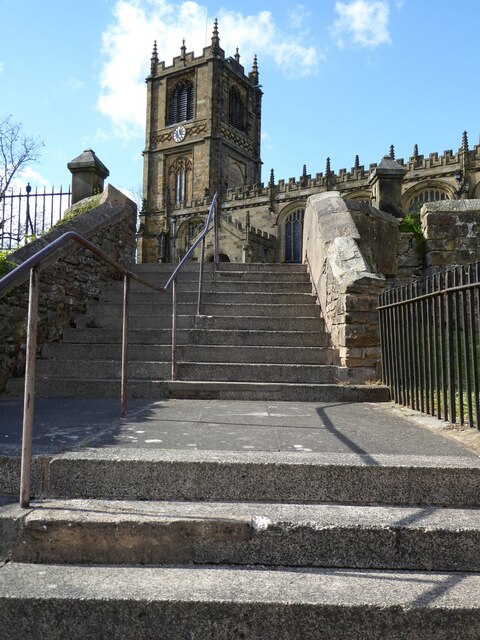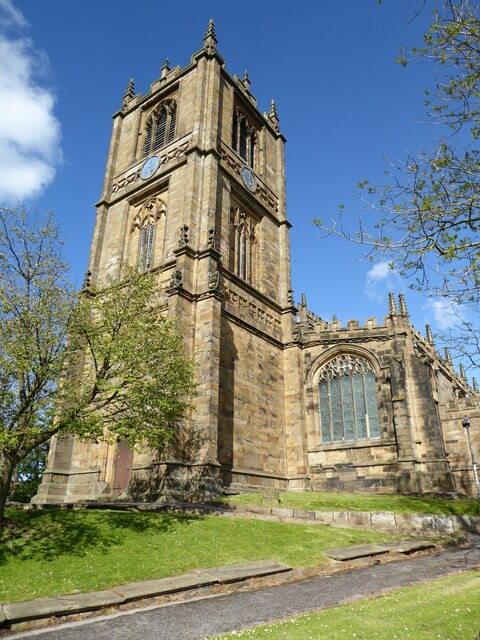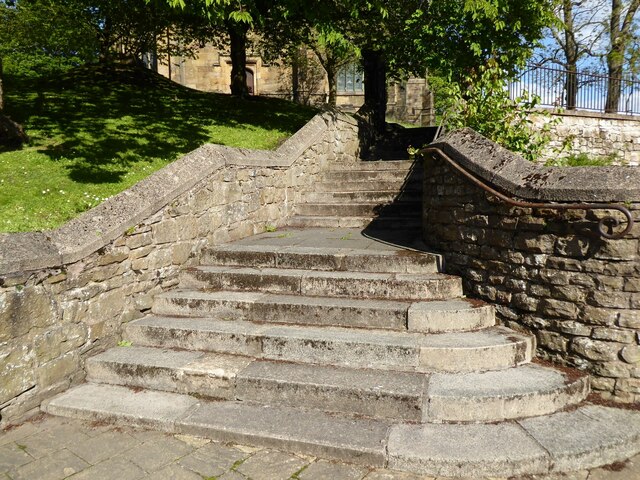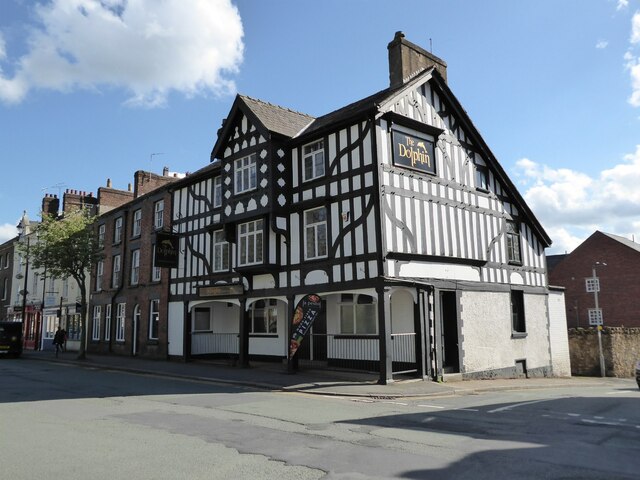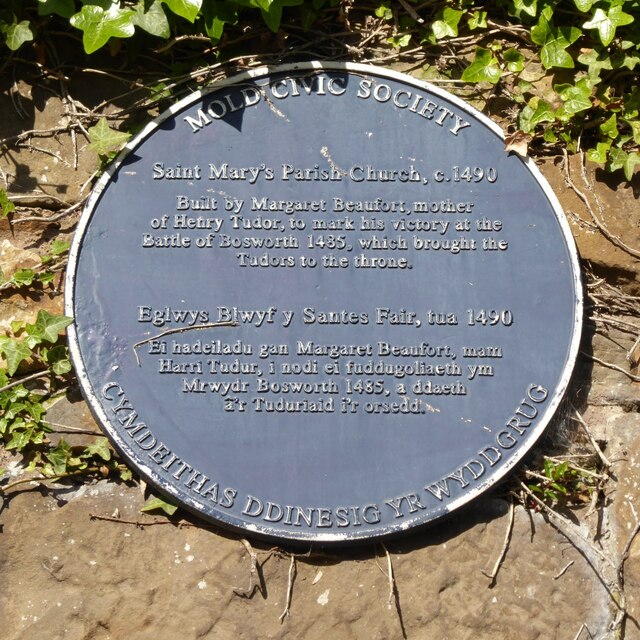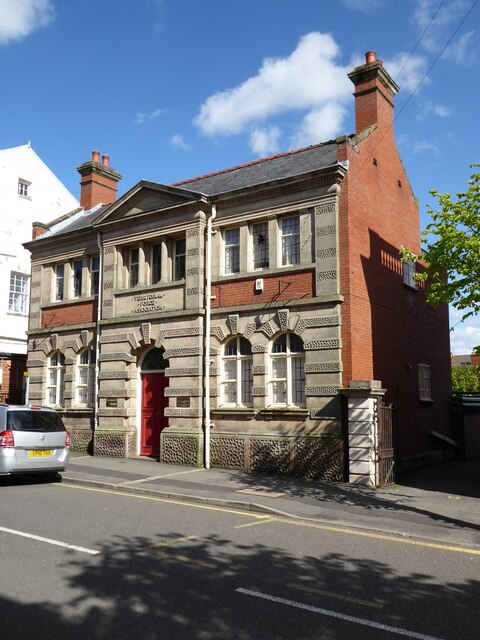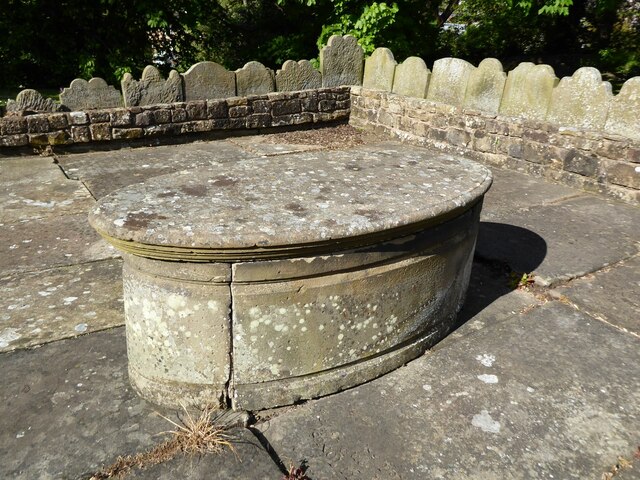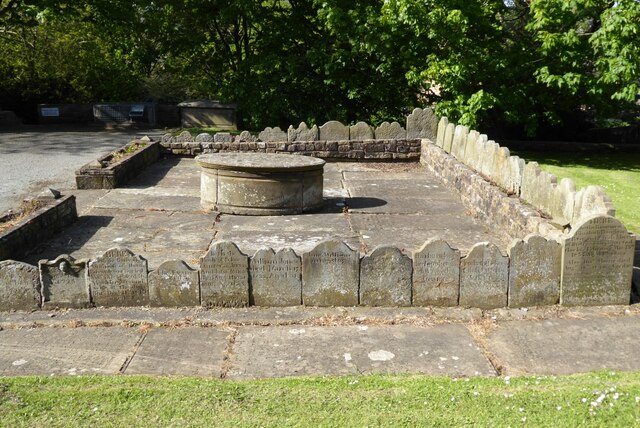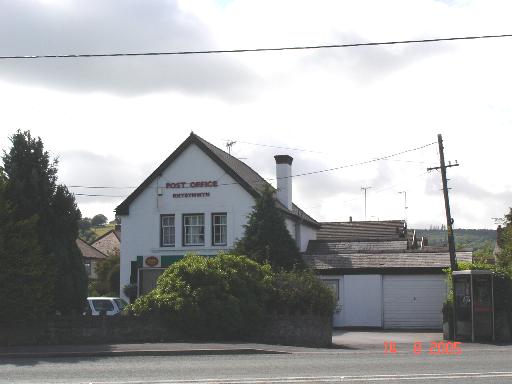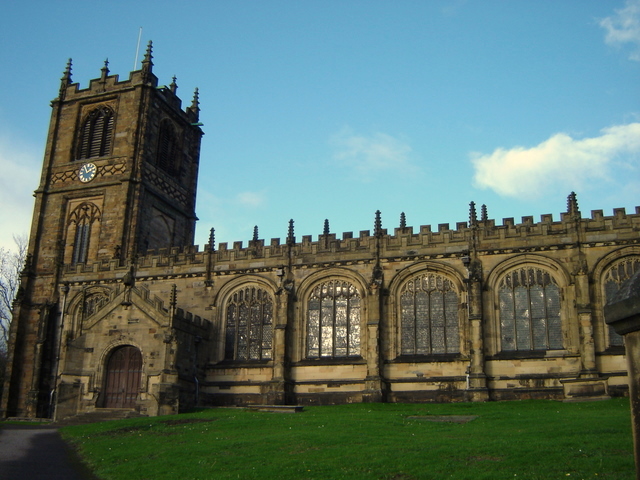The Grove
Wood, Forest in Flintshire
Wales
The Grove
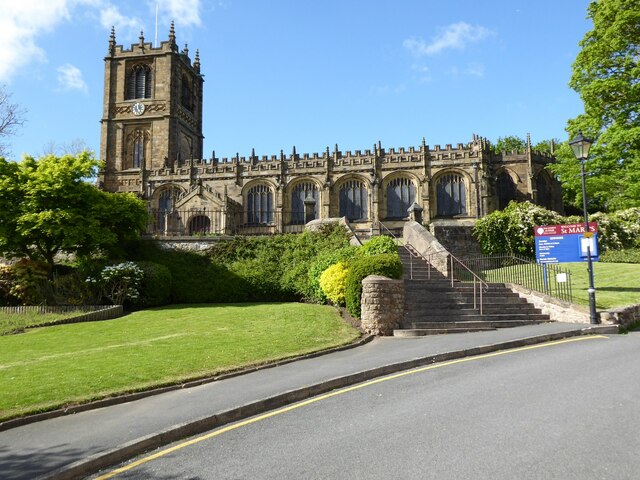
The Grove in Flintshire, Wales, is a magnificent wood and forest area that spans approximately 50 hectares. Located near the village of Hawarden, The Grove offers visitors a peaceful and picturesque escape from the hustle and bustle of urban life. The wood is managed by the Forestry Commission and offers a variety of amenities and activities for the public to enjoy.
The Grove is primarily composed of mature broadleaf trees, including oak, beech, and ash, which create a dense and enchanting canopy. The wood is home to a diverse range of wildlife, including deer, badgers, and various bird species, making it a popular spot for nature enthusiasts and birdwatchers.
Visitors to The Grove can explore a network of well-maintained footpaths and trails that meander through the wood, providing stunning views and opportunities to appreciate the natural beauty of the area. The wood also features a picnic area, allowing visitors to relax and enjoy a meal surrounded by nature.
For those seeking a more active experience, The Grove offers several mountain bike trails of varying difficulty levels, providing an exhilarating and challenging ride through the forest. Additionally, the wood hosts educational events and workshops throughout the year, aimed at promoting environmental awareness and providing insight into the importance of sustainable forestry practices.
Overall, The Grove in Flintshire provides an idyllic retreat for individuals and families looking to immerse themselves in the tranquility of nature. With its diverse flora and fauna, well-maintained trails, and range of activities, The Grove offers something for everyone, making it a must-visit destination for nature lovers in the region.
If you have any feedback on the listing, please let us know in the comments section below.
The Grove Images
Images are sourced within 2km of 53.175206/-3.1694556 or Grid Reference SJ2164. Thanks to Geograph Open Source API. All images are credited.
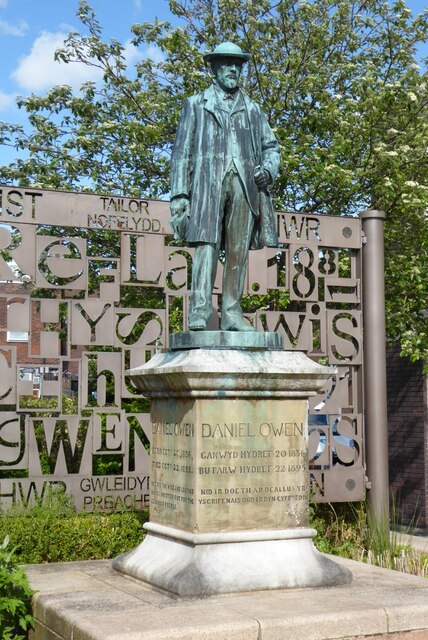
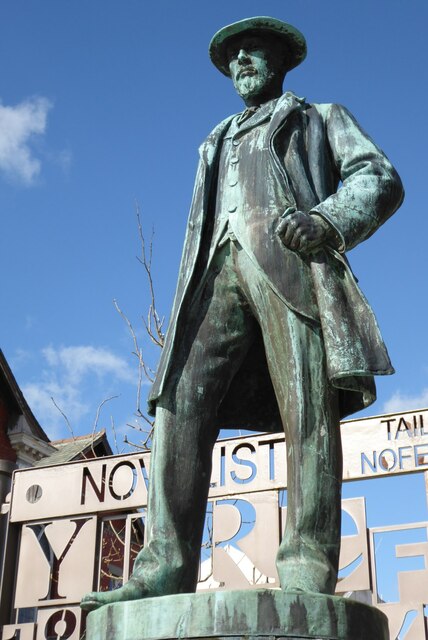
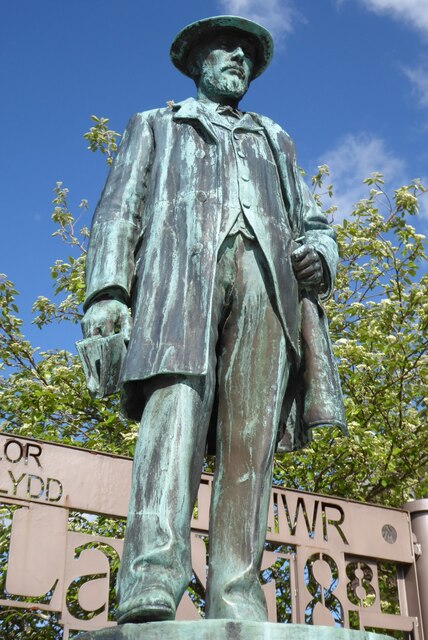
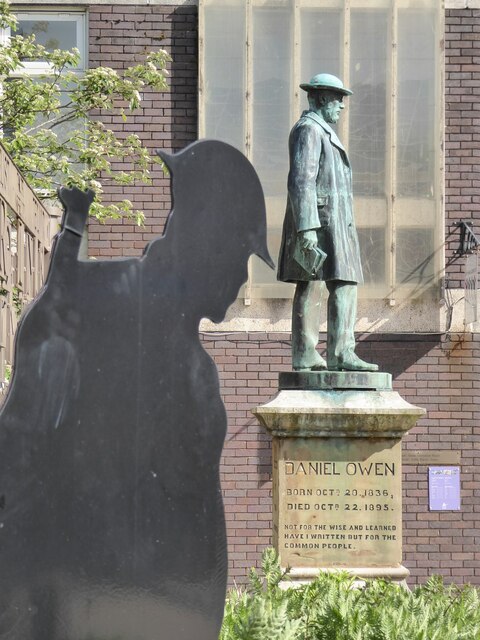
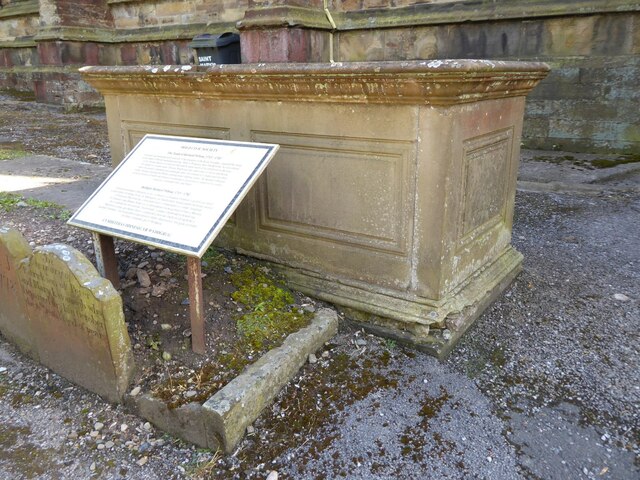
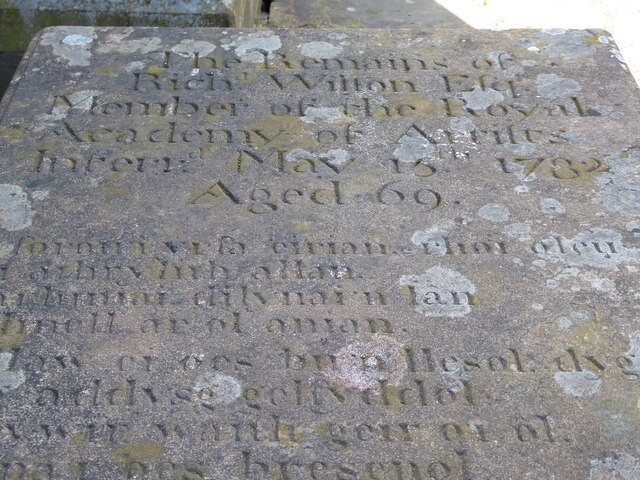
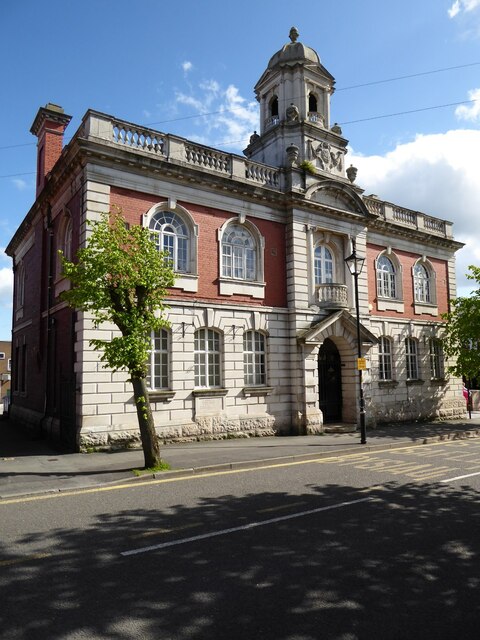
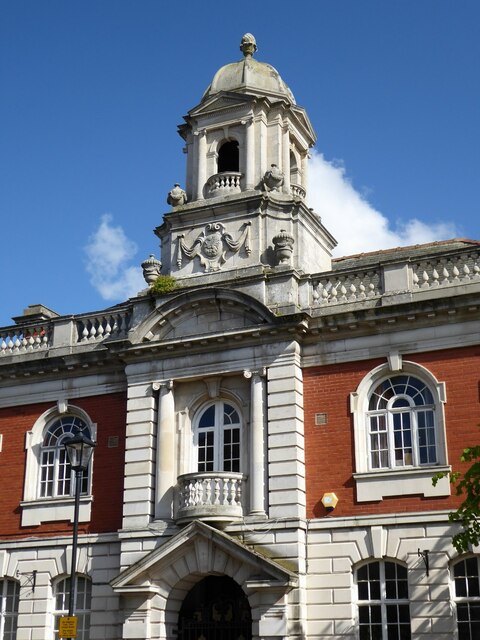
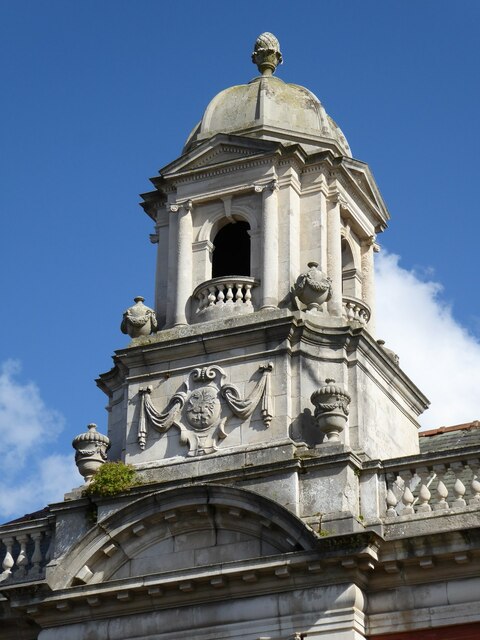
The Grove is located at Grid Ref: SJ2164 (Lat: 53.175206, Lng: -3.1694556)
Unitary Authority: Flintshire
Police Authority: North Wales
What 3 Words
///flames.submitted.timer. Near Mold, Flintshire
Related Wikis
Gwernaffield
Gwernaffield (Welsh: Y Waun), also known as Gwernaffield-y-Waun, is a village and electoral ward in Flintshire, Wales. It lies about three miles west of...
Rhydymwyn
Rhydymwyn (Welsh for 'Ford of the Ore') is a village in Flintshire, Wales, located in the upper Alyn valley. Once a district of Mold, it was recognised...
Mold Community Hospital
Mold Community Hospital (Welsh: Ysbyty Cymuned yr Wyddgrug) is a community hospital in Mold, Flintshire, Wales. It is managed by the Betsi Cadwaladr University...
Mold Castle
Mold Castle (Welsh: Castell yr Wyddgrug), also known as Bailey Hill in the town of Mold, Flintshire, north-east Wales, is a motte-and-bailey castle erected...
M. S. Factory, Valley
The M.S. (Ministry of Supply) Factory, Valley was a Second World War site in Rhydymwyn, Flintshire, Wales, that was used for the storage and production...
Mold Alexandra F.C.
Mold Alexandra Football Club (Welsh: Clwb Pêl-droed Alexandra Yr Wyddgrug) is a football club based in Mold in Wales. The club was founded in 1929 and...
Northop Hall Girls F.C.
Northop Hall Girls FC is a girls only football club based in Northop Hall, Flintshire in North Wales. The club's senior women's team joined the top level...
St Mary's Church, Mold
St Mary's Church is an Anglican parish church in Mold, Flintshire, Wales, and a Grade I listed building. It belongs to the Deanery of Mold, the Archdeaconry...
Nearby Amenities
Located within 500m of 53.175206,-3.1694556Have you been to The Grove?
Leave your review of The Grove below (or comments, questions and feedback).
